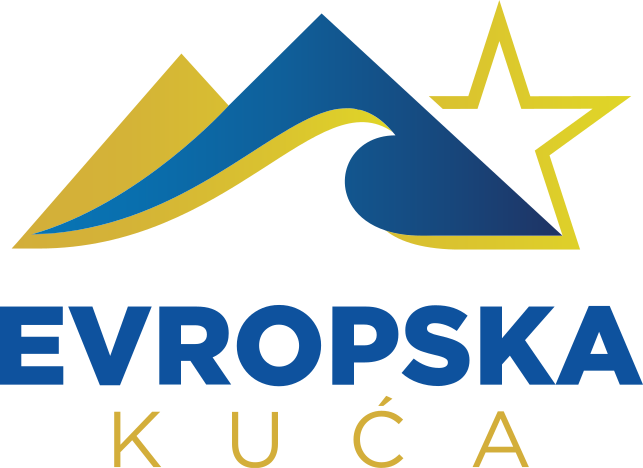Thanks to the European Commission, Montenegro can now test citizens more reliably for the new coronavirus. The Joint Research Centre of the European Union (JRC) has submitted to the Institute of Public Health of Montenegro and the Specialised Veterinary Laboratory a new control material for COVID-19, which will check the reliability of the test results on the new coronavirus. Positive control material guarantees that laboratory tests show a correct and valid result. The particular importance of the material provided is reflected in the fact that it prevents the test from showing a negative result for a person who is infected with the virus at that moment.
The Joint Research Centre of the European Commission designed the control material as a synthetically non-infectious part of the virus. Based on it, companies that produce coronavirus tests and labs can check their test kits – if their test does not respond to the control material, it will not detect the true virus. This represents one of the top three challenges for laboratories around the world when it comes to testing the new coronavirus.
The European Commission has provided Montenegro with control material, with which about 20,000 coronavirus tests can be “verified.” The Institute of Public Health of Montenegro says that, in response to the current COVID-19 epidemic, the authenticity of detecting the coronavirus is a very important issue.
“EURM-019 (the control material) is a solution containing a synthetic ssRNA in buffer, which is used as a positive control to verify the reliability / accuracy and specificity of Real-Time PCR assays used for testing for the presence of SARS-CoV-2,” the Institute explains.
The control material was delivered to Montenegro at the request of the Minister of Science, Sanja Damjanovic, who noted that the JRC immediately responded to the call and submitted the material.
“I am grateful for the openness and support provided to our country this time and I very much appreciate the efforts the European Union is making to find a crisis situation that has hit the whole world. COVID-19 is the latest example to show the importance of collaboration in science and innovation for our common sustainable development, ”Damjanovic said.
About 3,000 samples were sent to testing laboratories across the EU and beyond. The samples are highly concentrated. One sample tube is enough for one lab to review up to 20,000 tests. This means that 3,000 samples will allow up to 60 million tests to be tested.
“Thanks to scientists from the Joint Research Centre (JRC), the EU now has the potential to improve the capacity in responding to the pandemic and avoid wasting valuable resources through inefficient testing. This is a major achievement for our researchers, which will be crucial to our exit strategy when the time comes to begin abolishing social distance measures,” said Stella Kiriakidou, the European Commissioner for Food Safety and Health.
The control material is fully compatible with official methods recommended by the World Health Organisation, applied in the EU, Asia, and the USA to detect the presence of coronaviruses. The Joint Research Centre (JRC) was also a key support in the development of the Smart Specialisation Strategy of Montenegro (s3.me), and on this occasion it shows a clear openness and quick reaction to share its new findings with our country.
